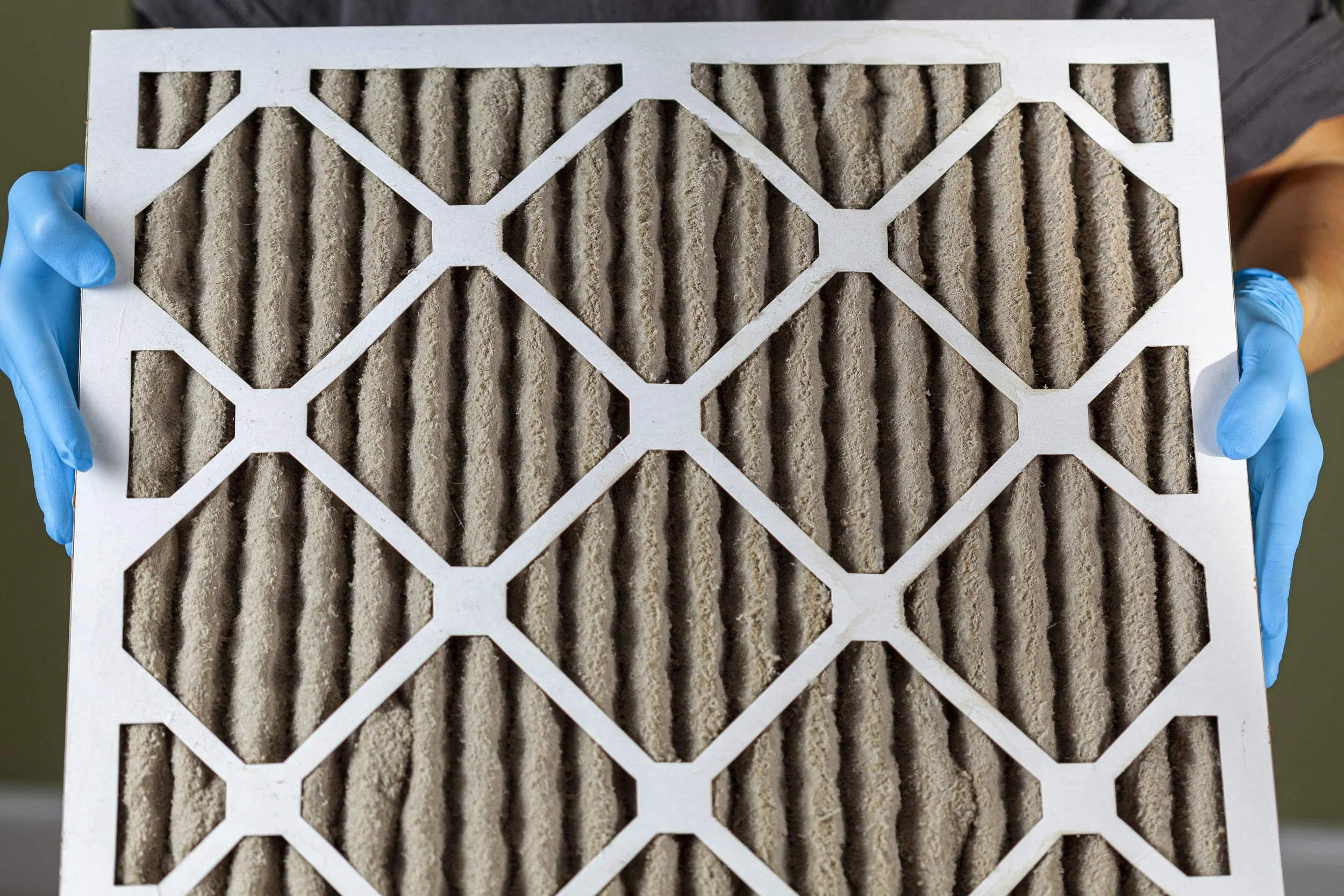Understanding Furnace Filter MERV Ratings
Estimated Reading Time: 3 minutes
Most people don't think about their furnace filter until it becomes a problem. A dirty filter is a common cause of reduced airflow and efficiency of heat transfer in your furnace. Furnace filters are a necessary component to prevent dirt and contaminants from entering your furnace and HVAC system. Although they're not all the same, there's a big difference between the quality and performance of furnace filters.
In this short article, we explain what a MERV rating is, the difference between MERV ratings and performance furnace filter’s for capturing particles depending on MERV efficiency ratings.
What is MERV Rating?
The MERV Rating is an abbreviation for “Minimum Efficiency Reporting Value”.
This rating or MERV value is a method of testing the efficiency of filters developed by the American Society Of Heating, Refrigerating, and Air Conditioning Engineers (ASHRAE). The MERV rating or Minimum Efficiency Reporting Value typically ranges from 1 to 16 for residential use. with 1 being the lowest value of efficiency, and 16 being the highest.
A higher MERV rating means the furnace filter will capture particles more effectively, as well as the ability to capture smaller particles.
What is the difference between MERV ratings?
MERV ratings are broken down by efficiency in particle capture rate. Particles are commonly measured in microns and for example. human hair ranges from 100 microns to 20 microns depending on the thickness of hair.
Low MERV filter ratings such as 1 to 7 are only capable of capturing particles 3 microns or larger, whereas MERV 11 through 16 are able to capture small particles and microns from 0.3 and larger in size.
MERV Rating Efficiency Particle Capture Rates:
| MERV Rating | 0.3 - 1.0 Microns | 1.0 - 3.0 Microns | 3.0 - 10.0 Microns |
|---|---|---|---|
| 1-5 | 0% | 0% | ≥ 20%* |
| 6 | 0% | 0% | ≥ 35% |
| 7 | 0% | 0% | ≥ 50% |
| 8 | 0% | ≥ 20% | ≥ 70% |
| 9 | 0% | ≥ 35% | ≥ 75% |
| 10 | 0% | ≥ 50% | ≥ 80% |
| 11 | ≥ 20% | ≥ 65% | ≥ 85% |
| 12 | ≥ 35% | ≥ 80% | ≥ 90% |
| 13 | ≥ 50% | ≥ 85% | ≥ 90% |
| 14 | ≥ 75% | ≥ 90% | ≥ 95% |
| 15 | ≥ 85% | ≥ 90% | ≥ 95% |
| 16 | ≥ 95% | ≥ 95% | ≥ 95% |
Data Sources: NAFAHQ.org / ASHRAE.org
Comparing the most common MERV rated furnace filters:
The 3 most common furnace filters with higher MERV ratings are MERV 8, MERV 11, and MERV 13. These are pleated furnace filters and are capable of capturing at least 1.0 to 3.0 microns in size and larger. That means they are able to better capture airborne particles such as pollen, hair, pet dander, dust, dust mites, and more.
By looking at this MERV rating effectiveness comparison chart, you can see a basic range of what these filters are able to capture.
Filters trap particulates such as pollen, hair, pet dander, dust mite feces, household dust, and more.
So a higher MERV rating is best right?
A higher MERV rating is better in particulate capture effectiveness, but that doesn’t mean it’s better for your HVAC system. A higher rating means the filter is denser, and tighter knit in order to capture smaller particles, but this also restricts the air flow in the HVAC system.
If High MERV-rated filters restrict airflow, why are they on the market?
A freshly purchased MERV 13 furnace air filter will restrict more air than a MERV 8, but as time goes by they begin to get dirty and clogged, which further restricts airflow. In our experience, clogged and neglected furnace filters (especially MERV 13 filters) are a good portion of furnace problems and no heat service calls. This is why it is important to regularly replace your furnace filter.
Which MERV filter is right for me?
Dirty MERV 8 Furnace Filter
The most important factor consumers tend to forget is that changing your filter regularly is more important than a high-quality filter that is overdue for replacement. It is important to regularly change your furnace filter regardless of MERV rating.
So our recommendation is regular replacement of your furnace filter (typically every 1-2 months) of at least MERV 8 quality. Customers may consider MERV 11 & MERV 13 for better performance, but this range will still not be able to filter the majority of indoor air particles and pollutants. For proper indoor air filtration, able to capture small particulates, consider the Platinum TrueHEPA System.
Air purifier systems such as the Platinum TrueHEPA whole-home filter system are designed to improve the indoor air quality in your home. They perform better than the MERV 16 rating and are installed in a by-pass configuration so they do not restrict air flow to the furnace and HVAC system.

